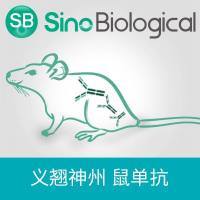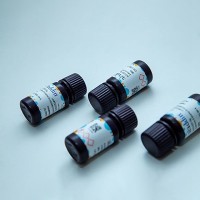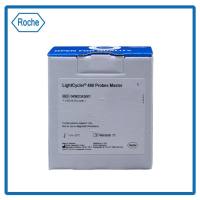Orphan nuclear receptors have been identified using a variety of methods over the years. The first were identified by low-stringency hybridization using known receptors as probes. This strategy has been successful because members of the steroid receptor superfamily contain a conserved DNA-binding domain and share regions of similarity in the ligand-binding domain. These conserved regions may also be used to design polymerase chain reaction primers that have been used to identify new receptors, primarily members of known families. The recent explosive increase in DNA sequences from EST and genomic sequencing projects has also allowed the identification of new family members. The Caenorhabditis elegans genome has recently been sequenced and shown to contain a large variety of putative nuclear receptor genes, some of which may be represented in mammalian genomes. The question remains of how to identify potentially highly divergent mammalian homologs. One possibility is to wait until such sequences appear in the rapidly growing sequence databases from rodent and human genome projects. This method has been used to identify a novel member of the steroid receptor superfamily (1 –3 ) and may ultimately result in the identification of others. For those who do not wish to wait, or who work on model organisms whose genome projects are not well advanced (e.g., Xenopus ), there is no substitute for directly isolating the relevant cDNAs.






